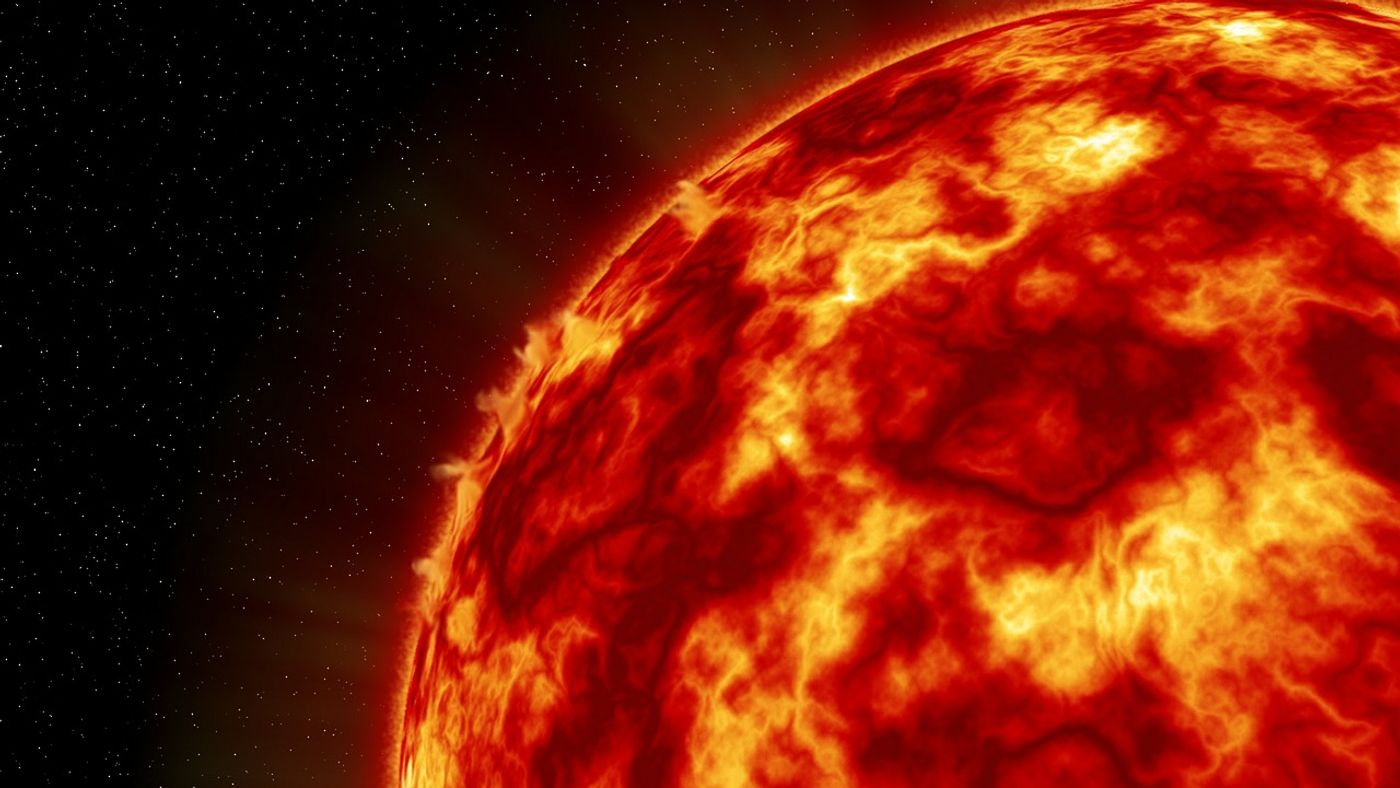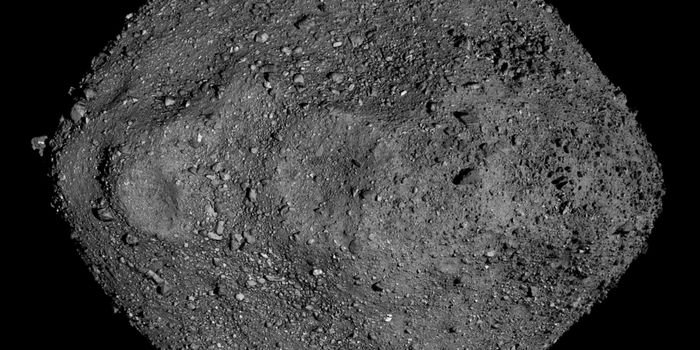The Unexplained Radio Signals From Ross 128
Researchers from the National Science Foundation’s Arecibo Observatory and the Planetary Habitability Laboratory (PHL) of the University of Puerto Rico are taking an active role in the Red Dots Project to learn more about various nearby red dwarf stars and whether they harbor any Earth-like terrestrial planets.
Observations are ongoing, and their findings are already appearing on the PHL website. One of the red dwarf stars, Ross 128, reportedly exhibited curious radio signals during observations made in April and May that the teams are now scrambling to explain.
Image Credit: LoganArt/Pixabay
Several possibilities for what may have caused these radio signals exist. While the internet is already perpetuating alien communication theories, the researchers hope to dispell these claims with scientific evidence that points to a more logical cause.
Related: Exoplanets orbiting red dwarf stars may be unlikely to support life
Abel Mendez from the PHL explains that three realistic possibilities could have caused the strange radio signals that the Arecibo Observatory found.
The first is that Ross 128 could be exhibiting solar activity, namely Type II solar flares. These flares could be blasting ionized particles into our general direction from 11 light years away, which may be enough to set off our detectors. On the other hand, researchers say the frequencies were higher than we’d expect to observe from solar flare observations.
Another theory is that perhaps Ross 128 itself wasn't the source of these signals at all, but rather something else in the observatory’s field of view at the time of the observation was giving them off instead. Because there aren't many objects surrounding Ross 128, this theory needs additional investigation.
Lastly, it’s also possible that the radio signal burst came from a high-orbiting satellite, but it’s too soon to tell. Astronomers don't typically see this kind of signal coming from satellites, so even this theory could be far-fetched.
While all three theories come with significant caveats and they all remain unproven, there are still no alternative explanations. Fortunately, another opportunity to observe Ross 128 came up just over the past weekend, so fingers are crossed with the hope that more details will surface soon.
The results of the latest observations won't be published until later this week, so it's a waiting game for now.
Related: The Sun isn't much different from other stars after all
It should be interesting to find out what caused this unexpected radio signal to appear. Perhaps something was hiding right in plain sight all along, but there’s always the possibility that the source won't reveal itself and could remain a mystery.









